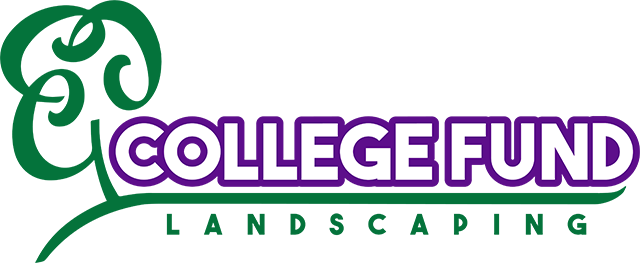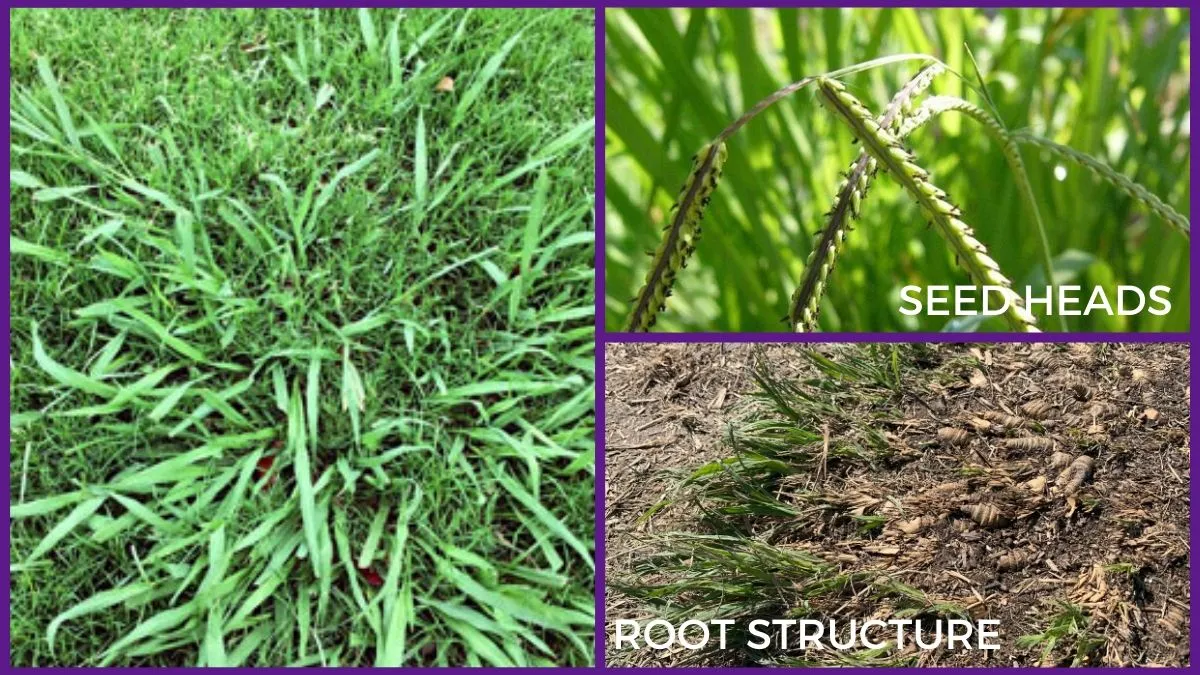Clumpy, fast growing, dull green, coarse, and weedy. Dallisgrass is a noxious weed that invades our North Texas lawns.
Dallisgrass is not only unsightly, it’s problematic. For us, it takes over quickly and chokes out desirable grass. It can become so long that it’s hard to manage by mowing. Not to mention it spreads quickly using large seed heads with small black spots on them.
Did you know that Dallisgrass is also toxic to livestock and horses? Some research shows that it gives them Paspalum Staggers when they walk and it can be so poisonous to them that it’s life threatening!
Needless to say, Dallisgrass is the enemy.
Unfortunately, getting rid of this terrible weed isn’t easy. In fact, it’s terribly hard, especially when the weed matures.
Yet it’s important to know the truth! So, read on, we’re here to help.
What Dallisgrass Looks Like and How it Reproduces
Dallisgrass (Paspalum dilatatum) in North Texas is a serious problem for our North Texas lawns. The issues with controlling it have been exacerbated due to government regulations on weed control products that (actually) work to eliminate it.
This weed was originally used as a pasture grass in wet areas which made it adaptable to areas of poor drainage in our lawns. However, it can grow nearly anywhere in North Texas.
As a perennial grassy weed, it will come back from the existing root system each year, making it nearly impossible to eradicate. In addition to that, it will “bloom” and produce seeds which it can germinate from.
Even though they look similar, Dallisgrass is more egregious than annual Crabgrass which relies on only seed to come back each year. Dallisgrass is a taller, more upright weed versus Crabgrass that grows shorter to the ground and has a broader leaf. It’s important to know the difference so that you can tailor a weed control program that is most effective.
What’s the Problem with Dallisgrass?
Dallisgrass is not a desirable grass to use for a residential lawn in any condition.
- Its rapid growth and profuse seed production enable it to quickly invade your lawn and even garden bed areas.
- The stiff clumps of Dallisgrass are coarse and can present a hazard, even causing trips and falls
- The flower stalks grow tall and fast over the rest of the lawn lending to a rough, uneven appearance in your lawn
Because of this, every effort should be made to proactively prevent it from establishing in your lawn because control methods are extremely difficult. A healthy, thick lawn that is maintained year round with proper mowing and fertilization will help prevent Dallisgrass from encroaching.
But what can you do if you already have a Dallisgrass control problem?
Chemical Control Guidelines for Residential Lawns
The unfortunate news is that there is not a single product available on the market that homeowners or commercial applicators can apply on residential lawns that will kill the Dallisgrass without killing your desirable grass.
Herbicides that contain MSMA and DSMA, that were historically used to control Dallisgrass, are no longer labeled to be used on residential lawns, however, funny enough the government allows its use on right of way areas that they control.
How to Remove Dallisgrass from your North Texas Lawn
Depending on the size of your Dallisgrass problem, we recommend digging out the area or spraying the area with Glyphosate (commonly called Roundup). This will kill the entire area including the grass around it.
The next step is to dig out the roots. It’s extremely important to get the full root and rhizomes out so that it cannot come back next year.
Finally, installing sod in the affected area and maintaining a proper watering and fertilization treatment plan. You could also apply grass seed to the area depending on the size.
You can do this nearly any time of year in North Texas, but if possible we recommend spring and fall as it’s easier to care for your new sod at these times.
Cultural Best Practices to Avoid Dallisgrass
Prevention is the most important component of managing Dallisgrass. When Dallisgrass becomes abundant and takes over your yard, it’s a very expensive fix to get a new lawn including a full sod installation.
Some best practices for lawn management include:
- Ensuring your lawn is getting plenty of water in the morning and allowed to dry out at night.
- Fertilizing your lawn and applying weed control including pre and post-emergents on a regular treatment schedule.
- Overseeding or installing sod to bare spots in your lawn as soon as possible to keep unwanted Dallisgrass seeds from invading vulnerable areas.
- Mowing your lawn frequently (at least weekly) to keep the fertile seed heads from dropping to the ground.
About College Fund Landscaping
We can help you feed your lawn, apply herbicides, and get rid of weeds in your lawn so that you’re able to enjoy your outdoor living space with your friends and family all year round.
From the very beginning stages of getting a quote to the final touches, College Fund Landscaping will be there to guide you, answer questions, and work diligently to provide you the best lawn care service available.
We are a recognized leader serving local Plano Texas customers with residential lawn care and weed control services. From lawn care, mowing, to landscaping and yard cleanup, you can rely on us to bring experience, beauty, and value to your lawn care project.



Comments (0)
Thanks for your comment!
Thanks for your feedback! Your comments have been successfully submitted! Please note, all comments require admin approval prior to display.
Error submitting comment!
There is a problem with your comment, please see below and try again.